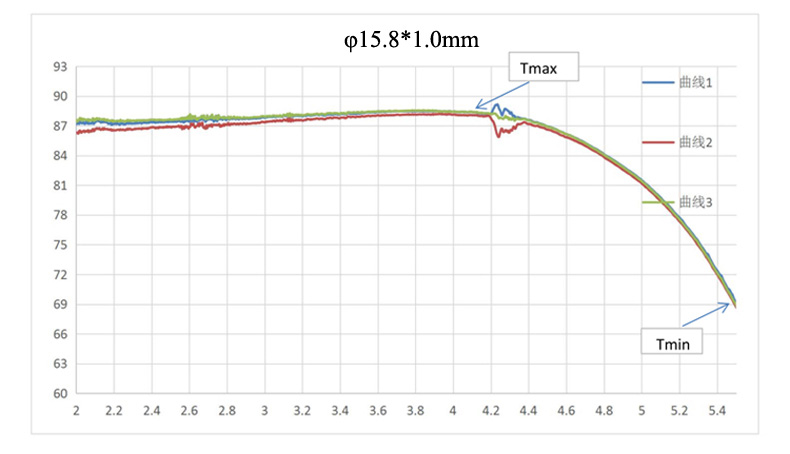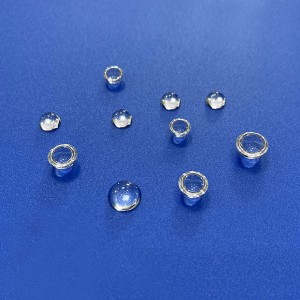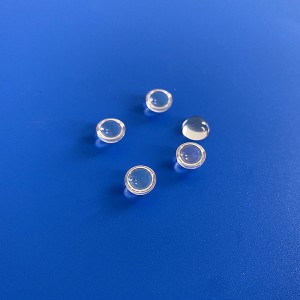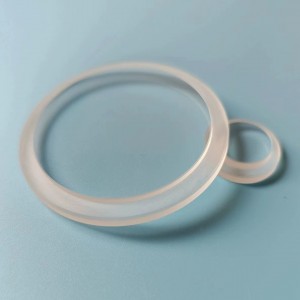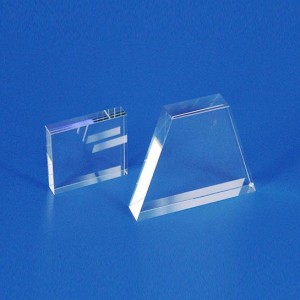Factory Direct Supply Sapphire Lens Supplier
Because sapphire glass has the full spectrum transmission ability from ultraviolet to infrared, the lens products made of sapphire can not only have a longer service life, but also adapt to various spectra, so as to reduce the use of optical glass and reduce the volume of instrument.
Typical Applications
Optical surfaces
Imaging optics
Corrosion-resistant surface
Focusing optics
Technical Index
Diameter: Ф1.5mm-Ф60mm
Diameter Tolerance: 0.005-0.10mm
Thickness: 1.00-30.0
Thickness Tolerance: 0.01-0.10
SR (mm): According to user’s requirement
Transmittance Under 632.8nm Wavelength >85%
Center Deviation: <3’
Facial Contour: λ/2
Surface Quality: S/D 40/20
Surface Roughness: 0.5-1.5nm
Material Properties
Sapphire is a single crystal aluminum oxide (Al2O3). It is one of the hardest materials. Sapphire has good transmission characteristics over the visible, and near IR spectrum. It exhibits high mechanical strength, chemical resistance, thermal conductivity and thermal stability. It is often used as window materials in specific field such as space technology where scratch or high temperature resistance is required.
| Molecular Formula | Al2O3 |
| Density | 3.95-4.1 g/cm3 |
| Crystal Structure | Hexagonal Lattice |
| Crystal Structure | a =4.758Å , c =12.991Å |
| Number of molecules in unit cell | 2 |
| Mohs Hardness | 9 |
| Melting point | 2050 ℃ |
| Boiling Point | 3500 ℃ |
| Thermal Expansion | 5.8×10-6 /K |
| Specific Heat | 0.418 W.s/g/k |
| Thermal Conductivity | 25.12 W/m/k (@ 100℃) |
| Refractive Index | no =1.768 ne =1.760 |
| dn/dt | 13x10 -6 /K(@633nm) |
| Transmittance | T≈80% (0.3~5μm) |
| Dielectric Constant | 11.5(∥c), 9.3(⊥c) |
Transmission Curve of Sapphire Optical Window
